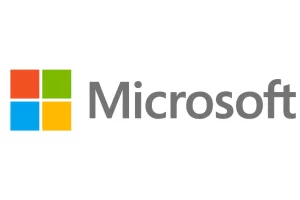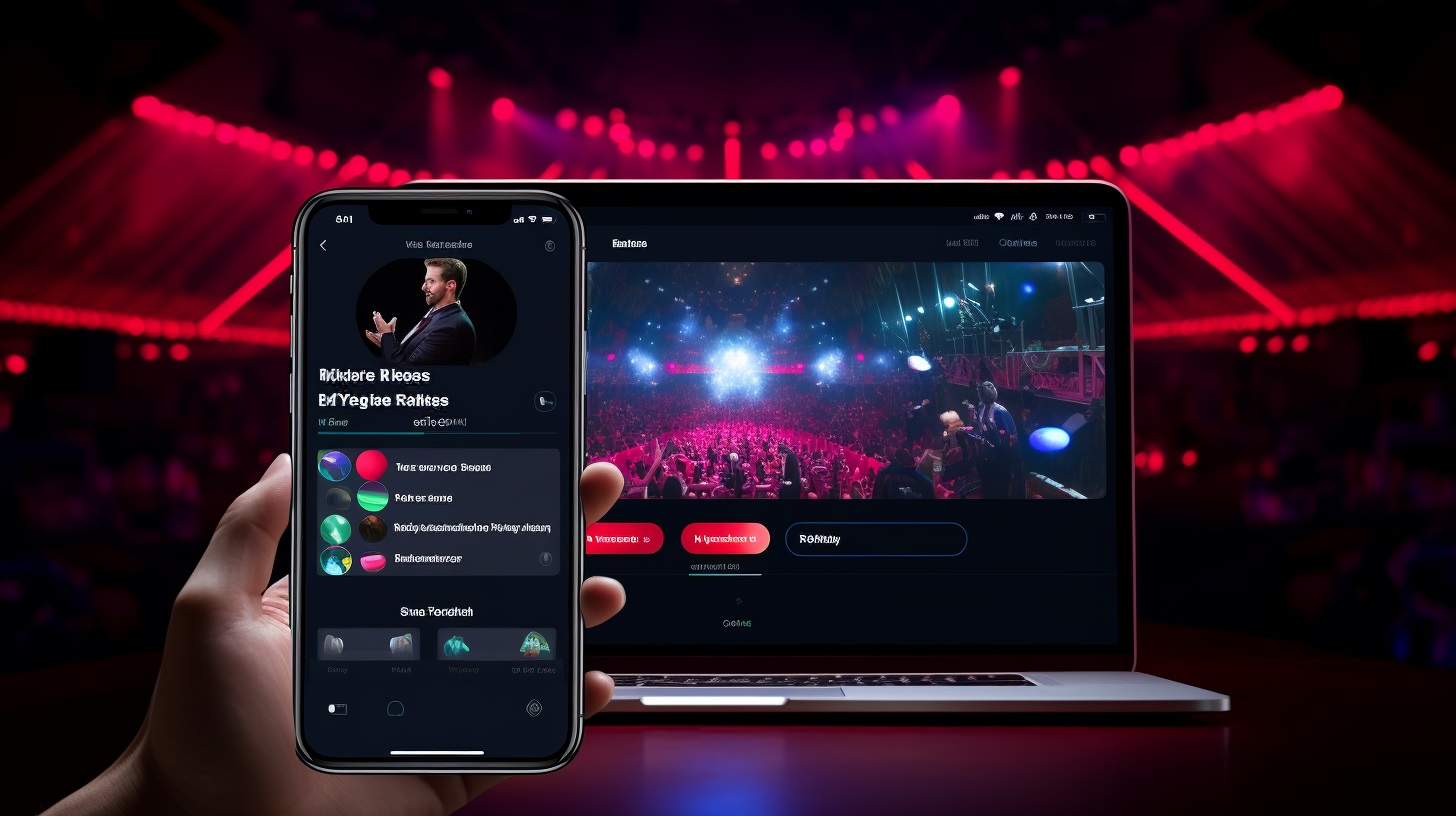Livestreaming has become immensely popular in recent years, and two platforms that have been making waves in the industry are Kick and Twitch. In this article, we will explore the key differences between Kick and Twitch, and how they compare in terms of features, revenue split, guidelines, and more. So, let’s dive in and find out which platform is the better option for streamers and viewers alike.
Kick: A New Challenger in the Livestreaming Space
Kick, founded in December 2022, aims to position itself as a direct rival to Twitch. While still in beta, Kick offers viewers the ability to tune into livestreams based on their personal interests or their favorite streamers. The platform boasts looser moderation rules and a better revenue split for streamers, making it an attractive option for content creators.
Twitch: The Reigning King of Livestreaming
Twitch, owned by Amazon, has established itself as the largest livestreaming platform with over 2 million concurrent viewers daily. It has been the go-to platform for gamers and content creators for many years. Twitch offers a visually and functionally similar experience to Kick, making it easy for users to switch between the two platforms.
Revenue Split: Kick ‘s Generosity vs. Twitch’s Established Model
One of the most significant differences between Kick and Twitch lies in their revenue split models. Twitch currently offers a 50-50 subscription revenue share for most content creators, with some streamers having the opportunity to negotiate a 70-30 split. On the other hand, Kick takes a different approach by providing an incredibly generous 95-5 revenue split to its streamers. Additionally, Kick streamers receive 100% of the tips, further boosting their earnings potential [2].
Guidelines and Content Rules: Flexibility vs. Strictness
When it comes to guidelines and content rules, Kick and Twitch have different approaches. Kick has a more relaxed stance on content moderation, allowing for more prominent gambling-related material and even introducing categories similar to a toned-down OnlyFans. However, this also means that parents need to be vigilant about monitoring their children’s viewing habits. On the other hand, Twitch has stricter rules regarding gambling and prohibits the sharing of links or affiliate codes to unlicensed gambling sites [1].
Features and Tools: Twitch’s Experience vs. Kick ‘s Potential
Twitch, being a platform that has been around since 2011, has had the advantage of time to develop and integrate numerous features and tools for streamers. Kick, still in its beta phase, currently lacks many of the advanced features provided by Twitch. However, Kick has managed to attract some popular streamers to its platform, showcasing its potential for growth and improvement [4].
Viewer Base and Popularity: Twitch’s Dominance vs. Kick’s Upward Trajectory
In terms of viewer base and popularity, Twitch continues to reign supreme with its massive user base and established presence in the livestreaming community. However, Kick has made significant strides by attracting famous streamers such as Hikaru Nakamura, Tyler “Trainwreck” Niknam, and Kaitlyn “Amouranth” Siragusa to its platform. The presence of these influential figures has brought attention to Kick and helped it gain traction among viewers looking for alternative livestreaming experiences.
Twitch’s dominance in the industry cannot be underestimated. With millions of active users and a dedicated community, Twitch offers streamers unparalleled exposure and reach. It has become the go-to platform for gamers, esports events, and content creators across various niches. The platform’s established presence and extensive audience make it a reliable choice for streamers seeking maximum visibility.
Discoverability and Algorithm: Twitch’s Established System vs. Kick’s Personalized Approach
Twitch’s discoverability and algorithm have been refined over the years, allowing viewers to easily find content they’re interested in. The platform utilizes a recommendation system based on users’ viewing history and preferences, making it easier to discover new streamers and communities. Twitch also offers category browsing, allowing users to explore specific genres or games.
Kick, being a newer platform, is still developing its discoverability features. However, Kick aims to provide a more personalized experience for viewers by offering a recommendation system that tailors content based on their interests. This personalized approach can help viewers discover new streamers and content that aligns with their preferences.
Monetization Opportunities: Kick’s Generosity and Twitch’s Established Ecosystem
Both Kick and Twitch offer monetization opportunities for streamers, but their approaches differ. As mentioned earlier, Kick provides a more generous revenue split, allowing streamers to retain 95% of their subscription revenue and 100% of the tips they receive. This can be highly appealing to streamers looking to maximize their earnings.
Twitch, on the other hand, has an established monetization ecosystem. Streamers on Twitch can earn revenue through various sources, including subscriptions, donations, ad revenue, sponsorships, and affiliate marketing. While Twitch’s revenue split may not be as generous as Kick’s, the platform offers diverse ways for streamers to monetize their content and build a sustainable income stream.
Community and Interaction: Twitch’s Engaged Community vs. Kick’s Growing Community
Twitch has cultivated a highly engaged and interactive community over the years. The platform encourages chat interaction, emotes, and the ability for viewers to support their favorite streamers through subscriptions and donations. Twitch’s chat feature allows viewers to connect with both the streamer and other viewers in real-time, creating a sense of community and camaraderie.
Kick, being a newer platform, is still building its community. However, it aims to foster a welcoming and inclusive environment for streamers and viewers alike. The platform is designed to encourage interaction and engagement, with features such as chat and personalized recommendations. As Kick continues to grow, its community has the potential to become a vibrant and supportive ecosystem.
Conclusion: Choosing the Right Platform for You
In conclusion, both Kick and Twitch have their strengths and appeal to different types of streamers and viewers. Twitch offers an established platform with a massive user base, robust features, and a proven monetization ecosystem. It is the go-to choice for streamers seeking maximum exposure and engagement. On the other hand, Kick provides an enticing alternative with its generous revenue split, personalized recommendations, and potential for growth.
When deciding which platform to choose, streamers should consider their goals, target audience, and preferred monetization model. Established streamers may find Twitch’s large viewer base and comprehensive features more suitable for their needs. However, for newer streamers or those seeking a more personalized experience, Kick’s growing community and generous revenue split may be more appealing.
Ultimately, the choice between Twitch and Kick comes down to individual preferences and priorities. As both platforms continue to evolve and innovate, streamers and viewers can look forward to more opportunities and advancements in the livestreaming landscape.



















